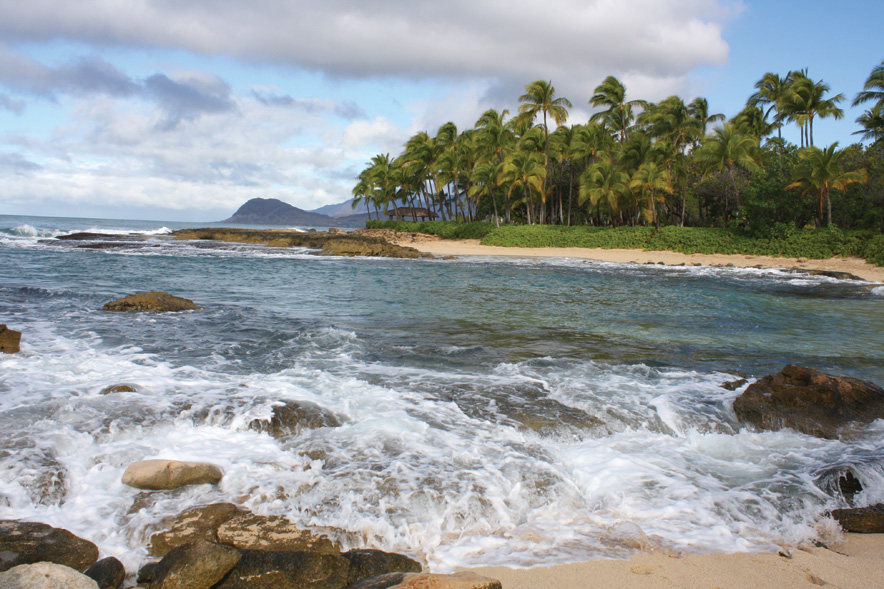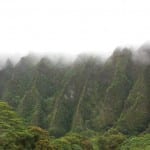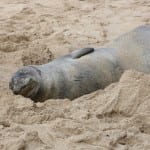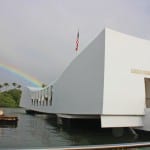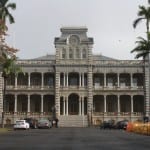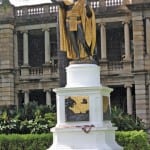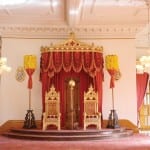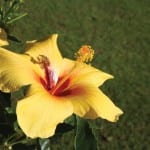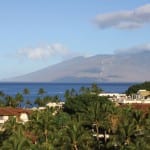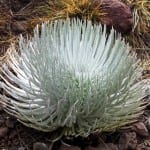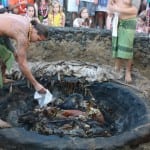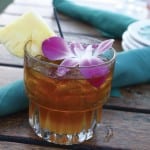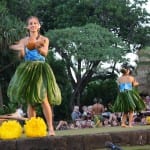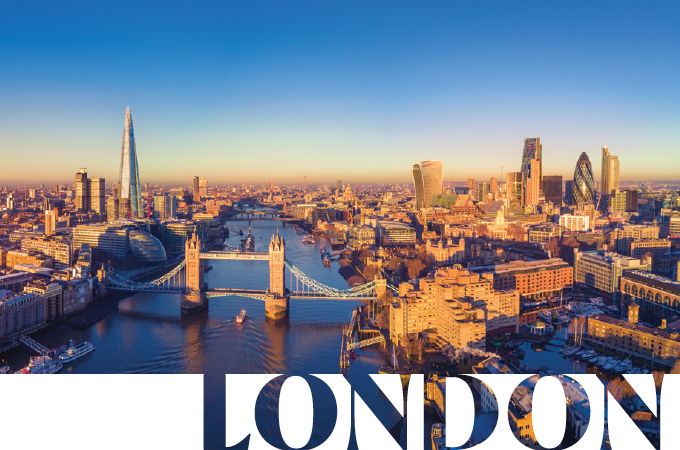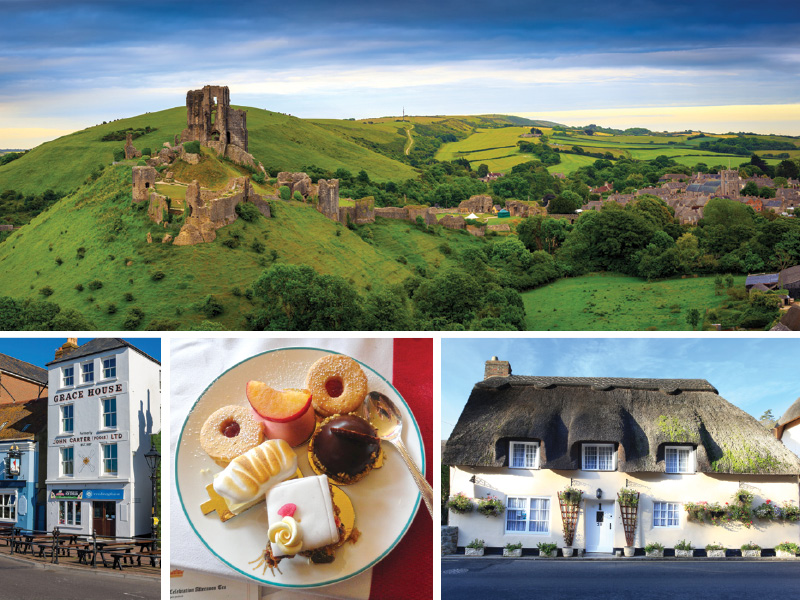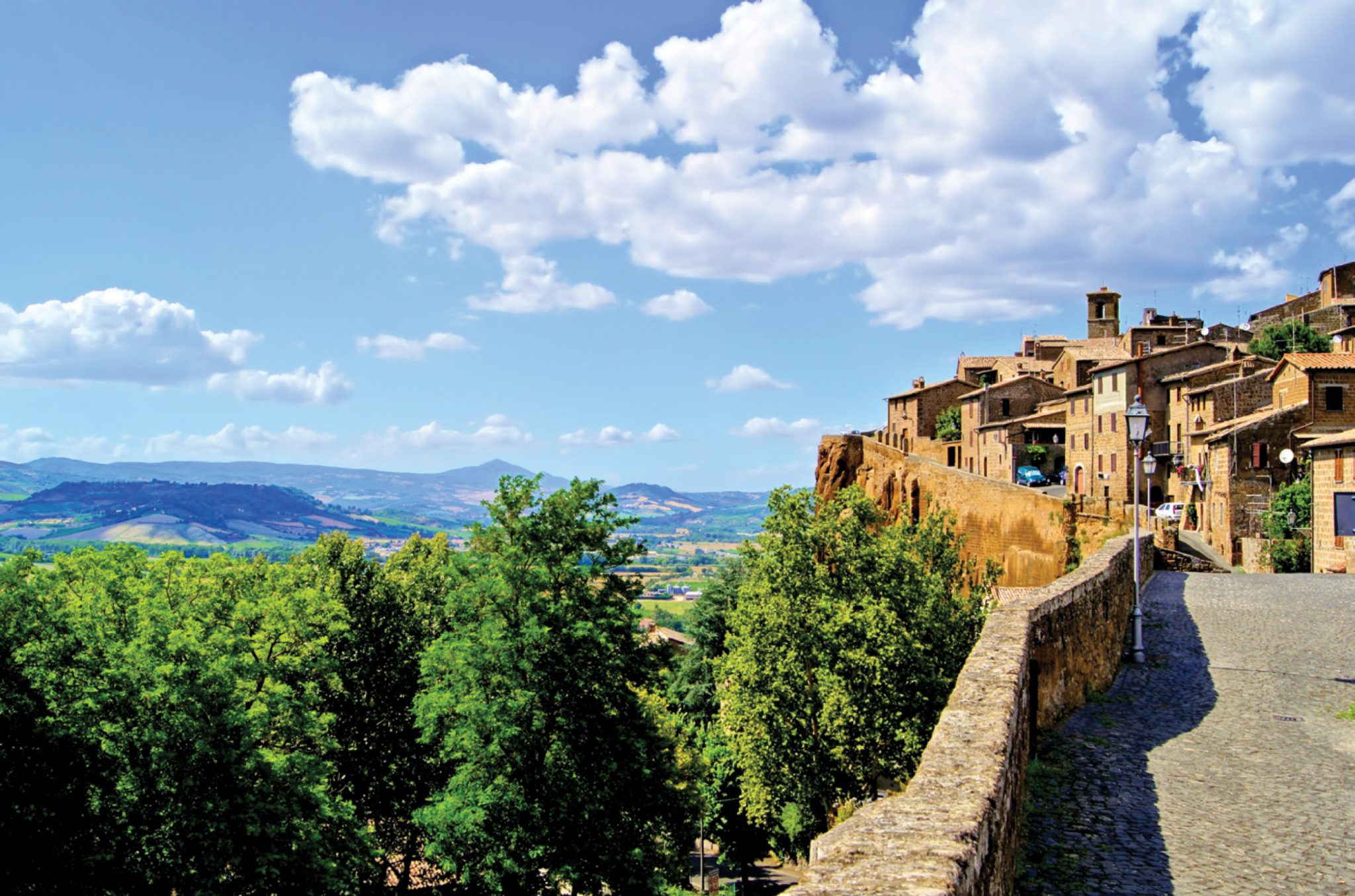It’s tropical and mysterious, one of the most isolated chains of islands on Earth. Fifty-five years after earning statehood, Hawaii bewitches us still. Perhaps it’s the blend of Polynesian, Japanese and American cultures. Or the dramatic terrain of mountains and sea on eight islands born in volcanic fire.
A winter escape to the western coasts of Oahu and Maui offers clues about Hawaii’s allure. The trip starts on the island of Oahu, The Gathering Place, where famous beaches and cultural sites draw international travelers. Most head south to Waikiki, the hotel hub. But out west in Ko Olina, in Oahu’s leeward microclimate, majestic resorts curl around lagoons protected from the showers that soak the island’s east coast November through March.
Here, nature is gentle. Indifferent to our company, a pregnant Hawaiian monk seal sleeps in the sand. A snorkeling session rewards with visions of angelfish, butterfly fish and yellow tang darting among the rocks. Purple sea urchins flare and retract their spines. Turning around, I’m startled by a honu, a Hawaiian green sea turtle, who stares for a moment before swimming toward the bottom and out of sight.
A half-hour drive east takes us to Honolulu. Amid the island’s lush scenery, the city’s high-rises seem out of place—but this is America, after all. Atop a pedestal, the majestic King Kamehameha looks out at Iolani Palace, where the last two Hawaiian royals lived from 1882 to 1893. Medals from foreign countries hang in the throne room, testaments to the interest world powers traditionally have shown in this land of sugarcane and coffee—interest that often clashed with natives’ own. As a poignant audio tour explains, in 1893, American businessmen and sugar planters hoping to expand their political and economic power deposed Queen Lili‘uokalani and imprisoned her in her own palace. Five years later, the U.S. annexed the kingdom.
Japan’s influence is evident everywhere in adjacent Waikiki, from the designer brands sold in the Royal Hawaiian Center to the sushi restaurants on every corner. Its prevalence is startling in the context of the nearby World War II Valor in the Pacific National Monument. The museum, which commemorates the bombing at Pearl Harbor and chronicles the warfare America and Japan waged in the Pacific, offers a balanced analysis of both nations’ perspectives.
To escape city congestion, we head to the North Shore and Waimea Bay, where driving directions sound like lyrics from a Beach Boys song. Thirty-foot waves pummel the coast in the winter, making it a surfing mecca. It’s worth spending half an hour watching surfers shred the ‘heavies,’ as they call the monster waves.
An island-hopper flight to Maui is barely long enough for a nap, and with the view it affords of Diamond Head, the iconic volcanic cone that towers over Waikiki, I can’t bear to close my eyes. Compared to well-developed Oahu, Maui feels wild, so we embrace adventure by forging slowly up the Kahekili Highway, a dizzying cliff road overlooking turquoise water. A roaring stream pours from the mountains into a rainforest glen in Iao Valley State Park, rewarding hikers with lovely views. At McGregor Point, a dolphin- and whale-watching vista, the sun reflects brilliantly off royal blue waves.
A pleasant languor pervades Wailea. There, on Maui’s southwest side, resorts with opulent gardens and pools sprawl toward the beach. With fluttering tents arranged on the grass, the backyard of the Grand Wailea Waldorf Astoria looks like a lawn party on a great estate. Native plants line the 1.5-mile coastal trail connecting the hotels, from which I spot humpback whales swimming off shore.
Golfers and beach bums might be content savoring the dry heat on the coast, but it would be a mistake to forgo a trip to Haleakala, House of the Sun, the shield volcano that dominates the island. The road to Haleakala passes sugarcane fields and winds up switchbacks to an elevation of 10,023 feet. At the top, endangered silversword plants dot the ground like spiky anemones. I shiver in my shorts as smooth sheets of clouds roll away to unveil a barren Martian landscape. Volcano peaks on Hawaii, the Big Island, are visible across the sea.
Dinner at the Old Lahaina Luau is a fitting way to bid aloha to Hawaii. With a mai tai in my hand and a lei around my neck, I wander the grounds, where musicians strum ukeleles, artisans sell koa wood crafts and young men prepare poi, a runny purple poultice made from taro. As the sun sets, we cluster around the imu, the underground oven, where two strapping servers dig away dirt to reveal the star of the evening: a pig, wrapped in leaves and curls of aromatic smoke. Half an hour later, we feast on succulent kalua pork. Salads with sweet Maui onions, salmon, raw tuna, fern shoots and octopus share space at the buffet with steak, banana bread and fat slices of purple Hawaiian sweet potato.
Dancers take the stage to tell Hawaii’s history through hula, each performance representing part of the archipelago’s past. Accompanied by the pahu, or drum, women and men wearing feathers and grasses portray ancient myths about Pele the Fire Goddess. Another dance commemorates the late 19th century, when King Kalakaua restored hula after missionaries banned it. A third performance draws on the idealized fun of Hollywood Hawaii, when Elvis films and tiki drinks thrilled mainlanders in the 1960s. The dancers end the evening with a traditional piece, underscoring their pride in their Polynesian roots.
With sated bellies and sparked imaginations, we leave knowing some of Hawaii’s enchanting secrets.
[ the essentials ]
OAHU
stay>>The JW Marriott Ihilani Resort in Ko Olina shares a lagoon with Aulani, a Disney resort and spa. Kids will adore the latter, which has a water park and whimsical Hawaiian décor. The Marriott is subtler but no less grand, with especially luxurious bathrooms and a tiki torch-lighting ceremony every evening as the sun sets.
play>>The whole state may feel like a playground, but take time to appreciate Oahu’s historical sites. Drive to the Pali Lookout, site of the 1795 battle that led to the unification of the Hawaiian islands. Explore the Iolani Palace, which witnessed the final days of the Hawaiian monarchy. Spend a somber morning at Pearl Harbor, taking the ferry to the WWII Valor in the Pacific National Monument.
eat>>The Makahiki restaurant at Aulani serves a delicious adult- and kid-friendly buffet of seafood and Hawaiian and Asian cuisine. Bogart’s Cafe in Waikiki has tasty breakfast options; try the Hawaiian waffle with haupia, a coconut milk custard. On the North Shore, get the kalua pork at Kono’s.
shop>>Since 1963, Hilo Hattie has purveyed fun Hawaiian nostalgia. The flagship store outside Honolulu sells Hawaiian shirts (and dresses and skirts and sarongs) of every possible pattern, plus island foods. The outdoor Royal Hawaiian Center behind Waikiki Beach has Japanese stores, European designer brands and typical mall favorites.
MAUI
stay>>The Grand Wailea Waldorf Astoria is simply stunning. Its palatial lobby has water features surrounding the Botero Bar, a social hot spot flanked by its namesake artist’s sculptures. The oceanfront water park has slides, pools and a unique water elevator ride. And the views, especially at sunset, are resplendent.
play>>Water sports of all sorts should be on your agenda on Maui, as well as hiking, golfing and general beach lounging. During the winter, whale watching cruises take tourists close to the giant mammals, but with some luck you can spot them on your own. Bring a sweatshirt for the drive up Haleakala, and check the weather before you go; if it’s too cloudy at the top, you may miss the view.
eat>>Don’t miss the feast at Old Lahaina Luau, a buffet dinner theater whose pièce de résistance is kalua pork smoked underground while you sip island cocktails. American favorites with an island twist are served at Monkeypod Kitchen, a trendy gastropub.
shop>>The Shops at Wailea offers upscale shopping in a manicured outdoor plaza. You’ll find Louis Vuitton, Gucci and Tiffany & Co. there. The old whaling town of Lahaina has several tasteful souvenir stores and a craft market under one of the largest and oldest banyan trees in the country. You can even buy and mail yourself a coconut.
Story and photos by Rebecca Koenig





